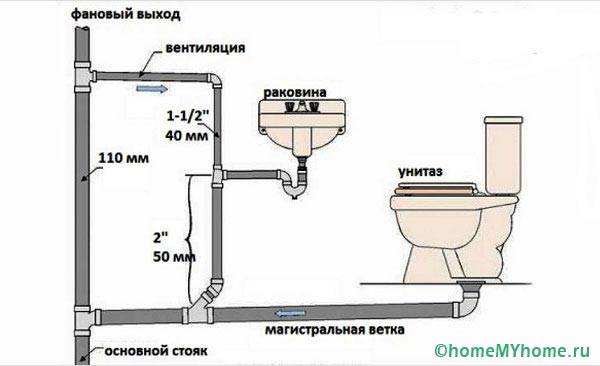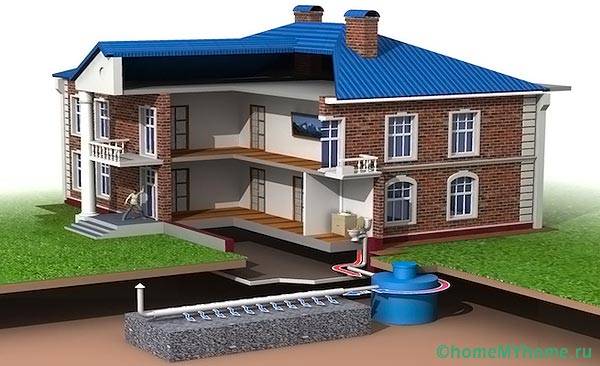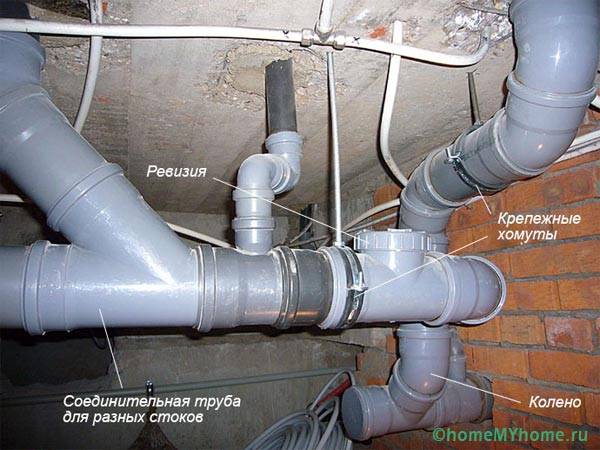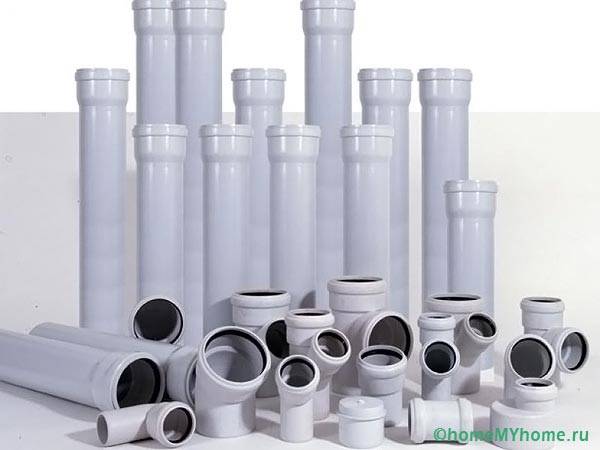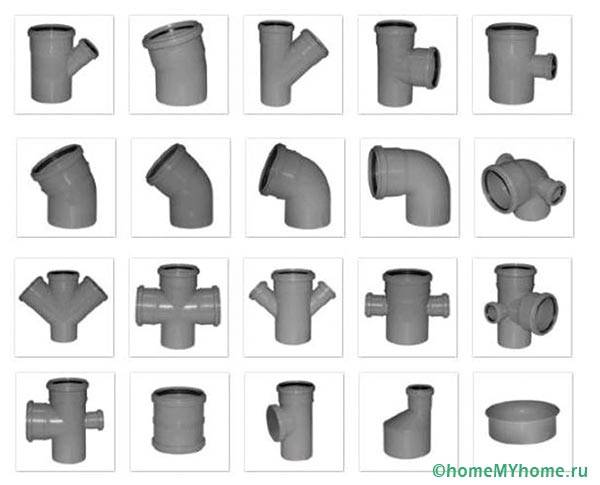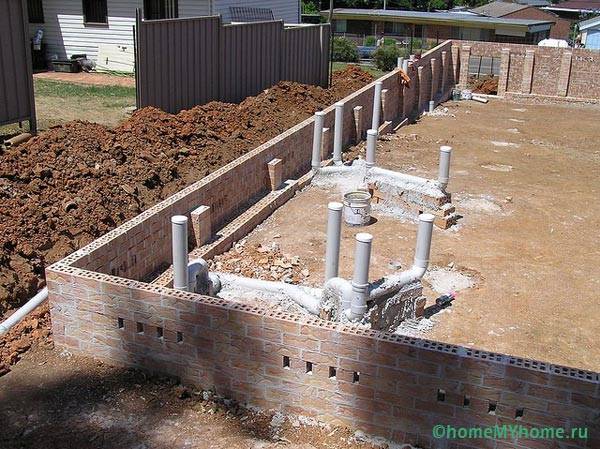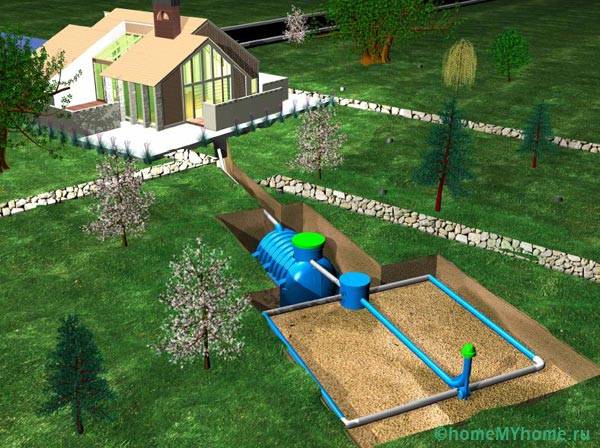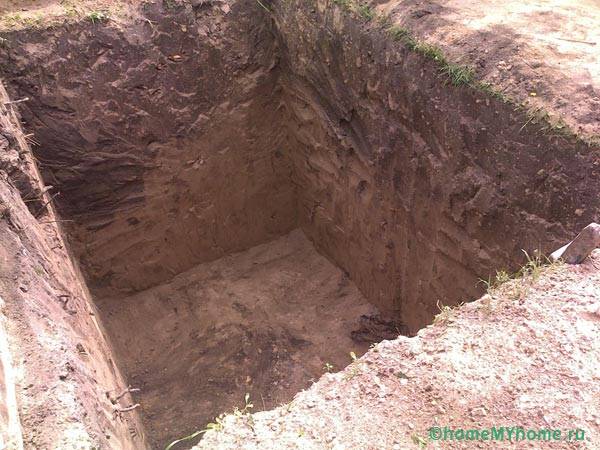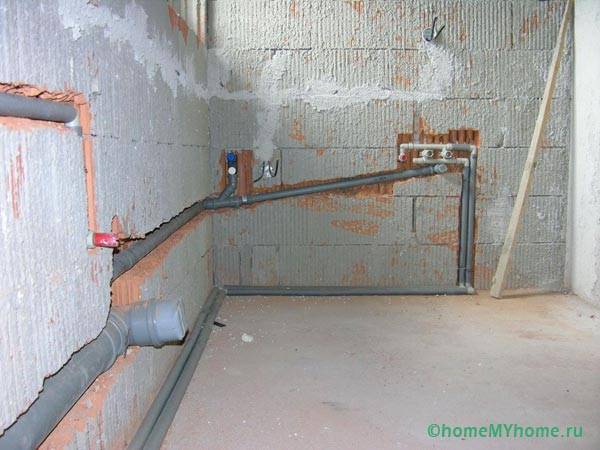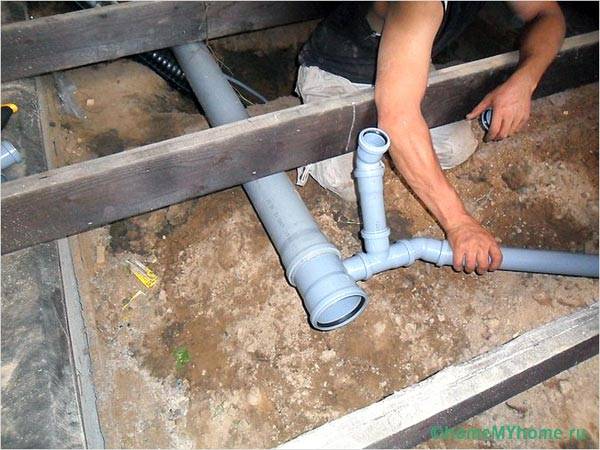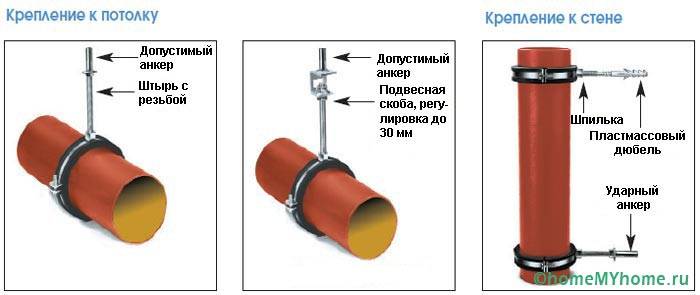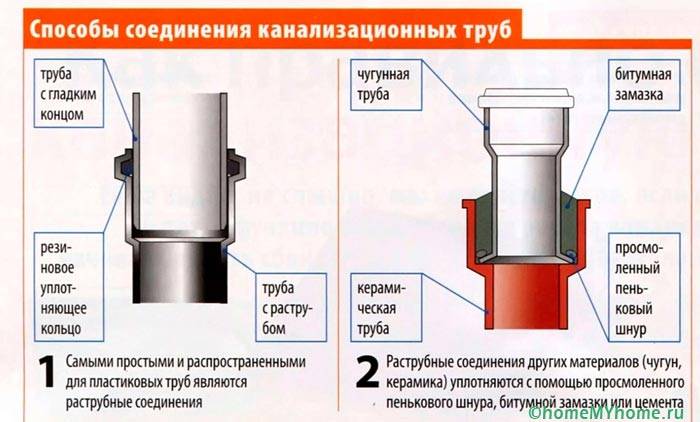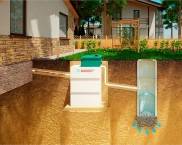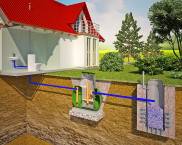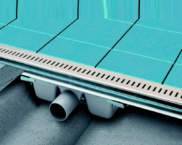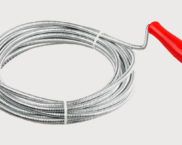Sewerage for a private house: how to carry out the installation correctly?
When a sewage system is installed for a private house, few know how to do it correctly.BWithout a drainage system, life in an individual house is impossible. In apartment buildings, sewage systems are often equipped, and their residents do not have to rack their brains. But if you are the owner of your own home, it is worth providing a high-quality waste disposal and disposal system so that harmful microorganisms do not spread throughout your home and home. Let's find out how to properly design the system, what tools are needed for this, and how it is mounted.
The content of the article
Video: modern drainage system of a country house
The principle of operation of the sewer system
Despite the fact that we use the sewage system every day, we do not think for a minute about the principle of its operation. In fact, the drainage system, like all important things in our life, has an elementary principle of operation.
First, waste liquid from the bathroom, shower, shells, washing machine etc. through the communication system, it is sent to the vertical riser, which is located in the basement or basement of the house.
From there, it goes into a street sewer pipe, which conducts water to the treatment plant. There, the liquid is cleaned of various impurities that can negatively affect the environment, and is absorbed into the soil.
Tools and materials for self-construction of drainage communications
The main element is the riser that should be installed in your home.
If he is missing, first deal with his device, after which the following materials will be needed:
- Pipes of various sizes.For the installation of the system, diameters of 100, 75, 50 and 30 millimeters are used. Durable plastic pipes are preferred as they are easier to work with than metal elements;
- Elbows (corners). They connect the elements into a single system;
- Tees and adapters that will be needed for communication between pipes;
- Plugs;
- Mounts;
- Pipe gaskets.
You may also need the following auxiliary tools:
- Adjustable wrenches;
- Bulgarian;
- Screwdrivers;
- A hammer;
- Level;
- Pencil;
- Other.
Some materials will have to be purchased during construction work.
Sewerage device project in a private house
It is important to understand that the sewer system in the house is divided into several blocks:
- Internal communications - this includes all the elements that are inside the house;
- External communications - all elements located on the street;
- The cesspool is the final stage where the waste ends up.
Let's consider how to do each of these blocks in stages.
Internal drainage system
First, pipelines should be laid from all devices that require a connection to the sewer, for example from a sink, toilet, shower, bath, etc.
Communications can be laid in the wall, but this is a very time-consuming job. After all, you first have to break the wall in order to equip pipelines there, and then rebuild it. Therefore, experts recommend conducting communications on the floor, or, if the arrangement of the room does not allow, place them on the wall using special fasteners.
Depending on the diameter, as well as the room where they are installed, certain slopes must be observed. The table below will give you an idea of the slopes when laying sewer pipes:
In order to make a high-quality internal sewage system, read the following tips:
- Connect the pipes with fittings that are made in the form of tees;
- When forming branch joints, rubber gaskets should be applied to the gap between the pipes;
- Make sure that the branch line of the pipeline to be shut off is no longer than 10 meters;
- After all the pipes inside the house are connected, check if the sewage system is working properly: turn on / off the water on all systems that are connected to the sewer.
Video: how to lay a sewer pipe
External sewerage
To divert waste from the internal sewerage system to a cesspool, an intermediate system needs to be created - an external sewerage system. To do this, you will have to dig small trenches in the yard, which start from the riser and end with the place where the drain pit is located.
It is recommended to dig holes no deeper than 8 meters. Plastic pipes are not suitable for an external sewage system: it is best to choose corrugated or metal elements.
When laying pipes, make sure that there are no sharp turns and transitions. In front of the drain pit, install septic tank - a structure that cleans waste, making it environmentally friendly. Pipes are led through a septic tankthus, the liquid is purified.
Video: septic tank for a private house
Cesspool device
The cesspool is done at some distance from the house, only in this case you will get the correct sewage system in a private house with your own hands.To dig a pit, it is advisable to use a special technique, since self-excavation can take several weeks or even months.
After you prepare the hole, fill the bottom with concrete. To seal the pit walls, it is recommended to install a custom-made plastic tank.
Now you know how sewers are equipped for a private house, how to equip them correctly so that they serve for a long time and efficiently.
conclusions
- Without a cesspool, harmful microbes and bacteria will multiply in the house, so it is necessary for a comfortable life;
- The sewerage system is divided into three most important components, internal and external sewerage, cesspool;
- It is better not to save on supporting pipes for the sewage system, since the strength of the structure depends on their quality;
- Most often, sewer pipes are laid along the floor, however, if you have the opportunity and patience, they can be placed in the wall.
Video: an example of the correct sewerage device at home





